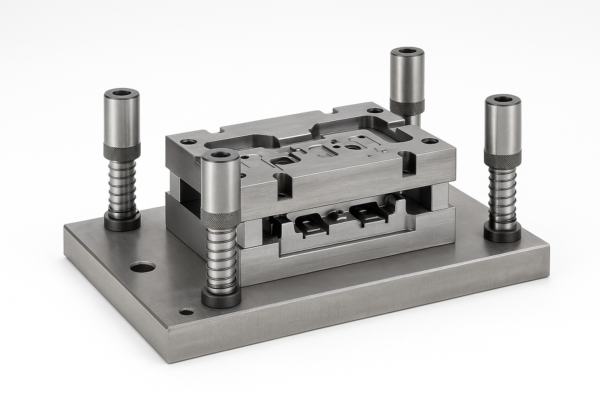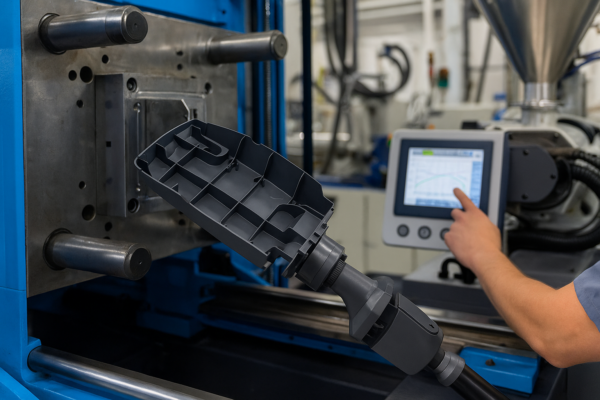Top 5 Custom Metal Mineral Parts Manufacturers for High‑Quality Components in 2025?
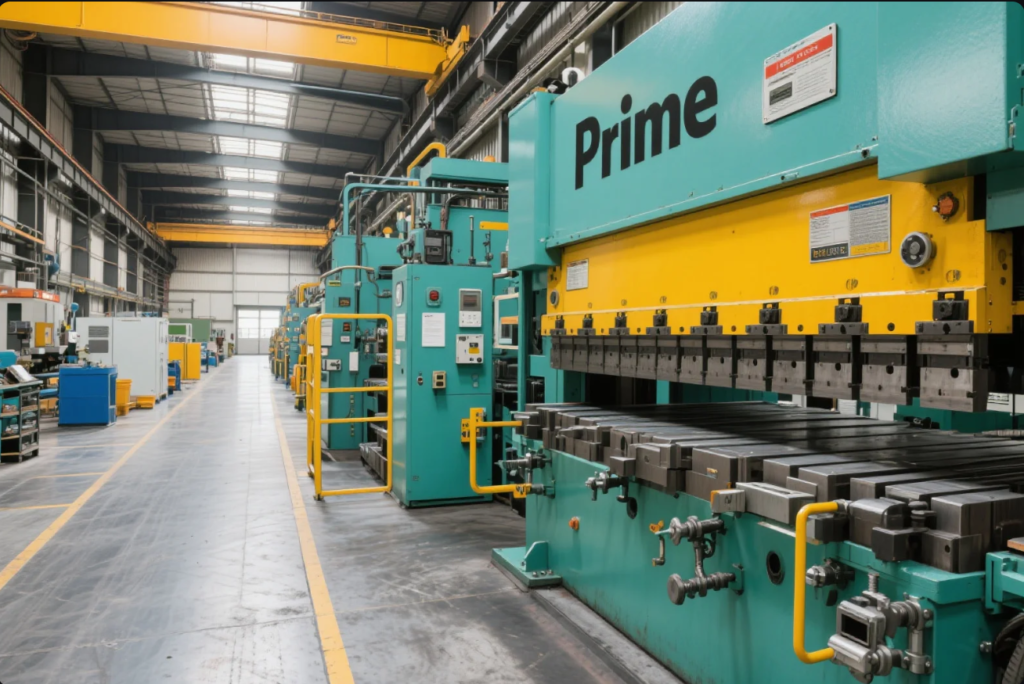
Problem: You need reliable custom metal parts and struggle to find top suppliers. Agitate: You worry about quality, lead time, and price. Solution: I list five top manufacturers you can trust.
These top five custom metal mineral parts manufacturers excel in quality control.
Each one offers fast delivery, flexible customization, and ISO‑certified processes.
They serve global industries in 2025 with advanced fabrication methods.
Below you’ll explore each company’s strengths, services, and real-world credentials.
I compare their manufacturing processes and regional focus.
This helps you choose the best partner confidently.
What company produces metal?
You ask which companies supply custom metal mineral parts.
Many firms claim quality, but few meet global standards.
I highlight five reputable firms with proven track records.
Each supplier has over 20 years’ experience in metal part fabrication.
They produce stamping, CNC, casting, welding, and fasteners.
All hold ISO 9001 certification and export worldwide.
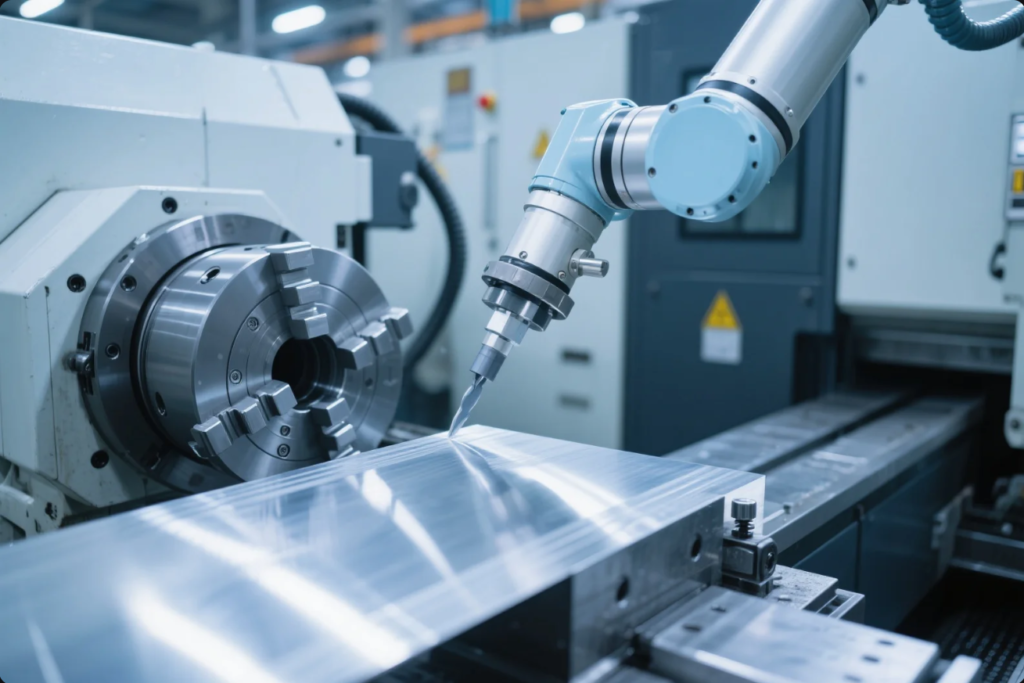
Here is a detailed comparison to assist your decision.
Key comparison table
| Company | Core Products | Certifications | Lead Time | Custom Options | Export Region |
|---|---|---|---|---|---|
| Shandong Prime International Trade Co., Ltd. | Stamping, CNC, Casting, Welding | ISO 9001 | 2–4 wks | Logo, material, tolerance | Global |
| Pinnacle Industries | CNC, Stamping, Laser Cutting | ISO 9001, TS 16949 | 3–5 wks | Moderate | North America, EU |
| ACME Metalworks, Inc. | Casting, CNC, Fabrication | ISO 9001 | 4–6 wks | High | EU, Middle East |
| FastenTech Manufacturing | Fasteners, Plastic Parts | ISO 9001 | 2–4 wks | Moderate | Global |
| WeldFab Solutions | Welding, Stamping, Assemblies | ISO 9001 | 3–5 wks | Very high | Australia, Middle East |
Each of these companies maintains strict quality control and consistent output.
They differ in specialty equipment, order volume capacity, and regional presence.
How are metal parts manufactured?
Clients often ask how custom metal parts are made.
Knowing the process ensures you select the right supplier.
Here’s a breakdown of the main manufacturing stages.
Metal parts typically go through stamping, CNC machining, casting, welding, finishing, inspection, and packaging.
Modern factories use precision equipment and automated inspection systems.
They verify dimensions and material quality before shipment.
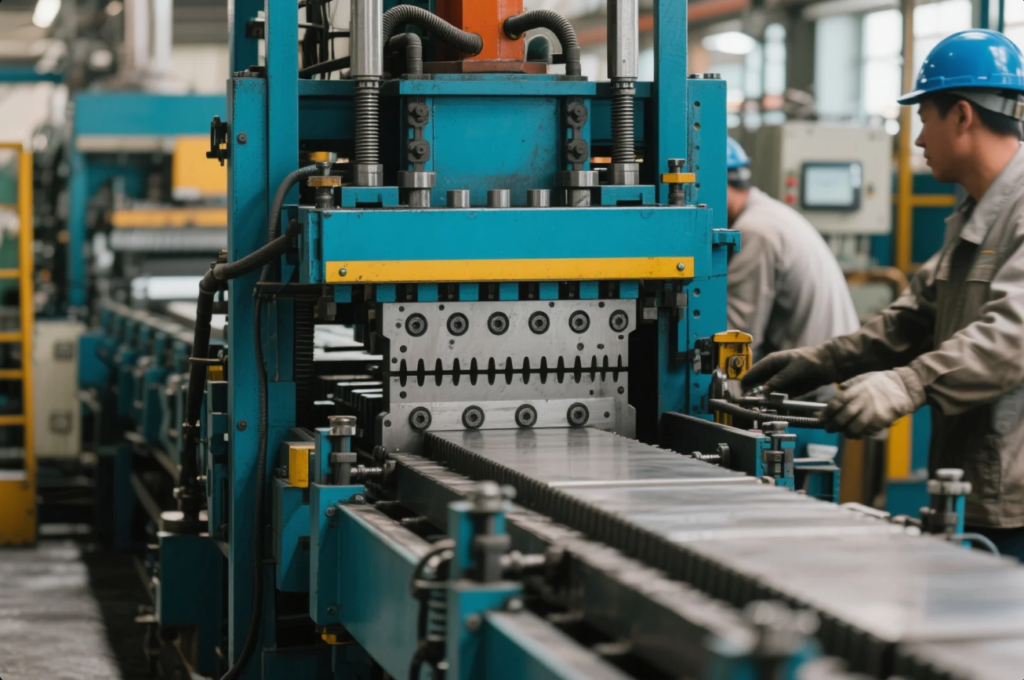
Below is a more detailed examination of each process.
1. Stamping
Uses high-tonnage presses and custom dies.
Ideal for high-volume sheet-metal components.
Learn about press-brake stamping at The Fabricator.
2. CNC Machining
Includes milling, turning, drilling.
Offers tight tolerances (±0.01 mm).
Read CNC machining case studies on ThomasNet.
3. Casting
Supports aluminum, zinc, steel parts.
Used for complex shapes and medium to high volume.
See industrial casting methods on Casting Blog.
4. Welding & Assembly
Uses MIG, TIG, spot-welding for strong joints.
Skilled welders and robotic systems ensure repeatability.
Explore welding standards at Lincoln Electric.
5. Finishing & Inspection
Applies coatings, plating, anodizing based on requirements.
Inspections include CMM, visual, mechanical tests.
Packaging meets export regulations and protects components.
Process comparison table
| Process | Accuracy | Volume | Cost Level | Ideal Applications |
|---|---|---|---|---|
| Stamping | ± 0.1 mm | Very high | Low–Med | Auto‑body panels, brackets |
| CNC Machining | ± 0.01 mm | Low–Med | Med–High | Precision parts, prototypes |
| Casting | ± 0.2 mm | Med–High | Medium | Engine blocks, housings |
| Welding | Varies | Med–High | Medium | Frames, structural assemblies |
| Finishing | N/A | N/A | N/A | Surface protection, aesthetics |
Choosing the correct process influences cost, functionality, and quality outcome.
What are the three types of metal fabrication?
People often discuss three fundamental fabrication types.
Knowing them helps you define your project requirements.
Here’s a clear outline with examples.
These are cutting, forming, and joining.
Cutting includes CNC and laser.
Forming includes stamping and bending.
Joining includes welding, riveting, fasteners.

Below is how Shandong Prime applies each method.
Cutting (Machining & Laser)
Prime uses CNC mills and lathes and fiber lasers.
Ensures precise edges and holes.
Forming (Stamping & Bending)
Prime runs stamping presses with multi-slide configurations.
Delivers consistent parts at scale.
Joining (Welding & Fasteners)
Prime performs welding and installs fasteners in assembly lines.
They inspect joint integrity and torque specs.
Fabrication types table
| Method | Equipment used | Tolerance | Best Application |
|---|---|---|---|
| Cutting | CNC, Laser Cutter | ± 0.01 mm | Precision parts, tight edge details |
| Forming | Presses, Rollers | ± 0.1 mm | Sheet-metal structures |
| Joining | Welding systems, Rivets | ± 0.2 mm | Structural assemblies, finished goods |
This trio of capabilities ensures comprehensive manufacturing coverage.
What is metal manufacturing called?
You may ask what this broader industry is called.
Precise use of terms ensures clear communication.
Here are standard labels and why they matter.
Industry terms include metal fabrication, precision machining, contract manufacturing, component manufacturing.
They encompass stamping, CNC, casting, welding, finishing and assembly.

Understanding terminology helps in RFQs and supplier sourcing.
Industry Terms
- Metal Fabrication: Broad term covering shaping and joining.
- Precision Machining: Focuses on tight-tolerance CNC work.
- Casting Manufacturer: Produces parts via sand/die casting.
- Contract Manufacturer: Offers end-to-end production and delivery.
Why Terminology Matters
Use specific terms in RFQs for better proposals.
“Precision machining” ensures you target tolerance-focused suppliers.
“Stamping supplier” signals high-volume sheet-metal needs.
Communication & Sourcing Checklist
| Term | Use Case Example |
|---|---|
| Metal Fabrication | Full-service including welding |
| Precision Machining | Tight tolerance components |
| Casting Manufacturer | Complex engine or pump parts |
| Contract Manufacturer | End-to-end production projects |
Using proper terms accelerates supplier matching and reduces misunderstandings.
FAQs
Q1: What is the minimum order quantity?
A1: Typically 100 pieces. Shandong Prime adjusts per customer.
Q2: Can I get material certification reports?
A2: Yes. Prime offers CE, RoHS, UL, FDA, and Mill test reports.
Q3: What is delivery time to North America?
A3: Usually 2–4 weeks after receiving drawings and deposit.
Q4: Do you handle custom logos and packaging?
A4: Yes. Prime supports laser engraving, printing, and tailored cartons.
Q5: What payment options do you accept?
A5: We accept T/T, L/C, PayPal, and Alibaba Escrow.
Q6: How do you ensure quality control?
A6: ISO‑9001 QC team inspects every part before shipment with CMM and reports.
Q7: Can you handle volume of more than 50,000 pieces?
A7: Yes. All featured companies handle large runs.
Q8: Do you support prototypes and sampling?
A8: Yes. Prime offers quick-turn prototypes and trial batches.
Conclusion and Contact
Partner now with ISO‑certified, one-stop metal fabrication experts.
Shandong Prime delivers fast, reliable, top-quality solutions.
Contact Prime today.
Get free consultation, quotes, and custom project plans.
Enjoy rapid delivery, stable quality, and responsive support.
🔗 Website: primecustomparts.com
📧 Email: [email protected]

